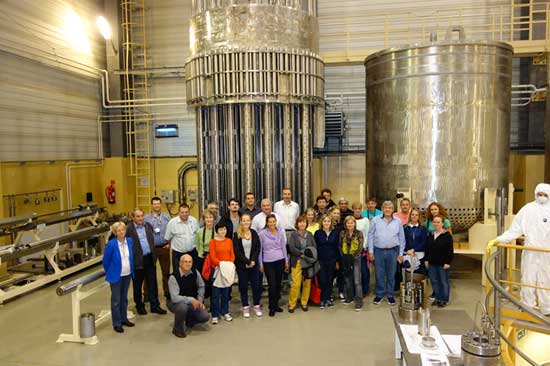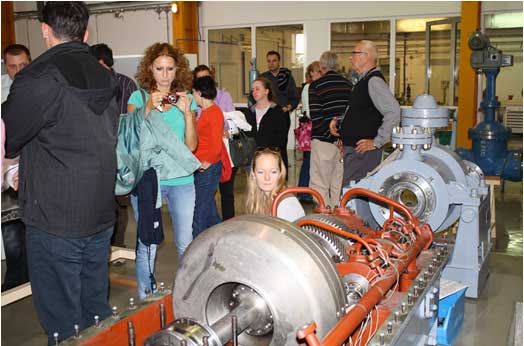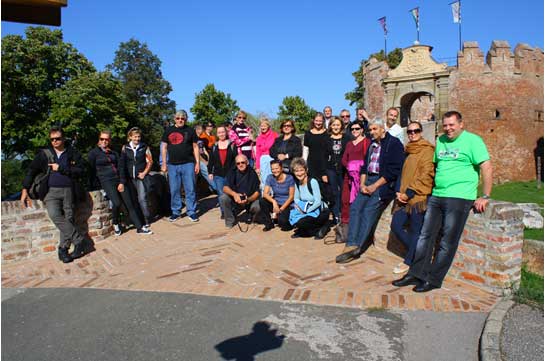

Slovak Nuclear Society technical visit to Hungary
The first three days of October 2015 were devoted to technical visits organized by the Slovak Nuclear Society (SNUS) for its active and deserving members. The aim of the excursion was to visit the maintenance training center at Paks nuclear power plant and the subsurface storage of low- and intermediate-level radioactive waste in Bátaapáti, Hungary.
Shortly after midnight on the first day, the group from Slovakia set out to visit Paks nuclear power plant. The visit began at 9:30 am on that day. The Paks Maintenance Training Centre is one of the top facilities of its kind. Its uniqueness lies in the fact that the practical training of plant personnel and suppliers of major components have the opportunity to perform exercises on real devices. These components include reactor pressure vessel and its internals, steam generators, main circulating pumps, the main shutoff valves and fuel assemblies obtained from Poland and the former GDR from plants that were never built or brought into service (e.g. Zarnoviec and Greifswald).

Participants saw reactor internals in the Paks Training center…
It was interesting to see the internal parts of the reactor, but also to have the opportunity to climb to the primary collector of the steam generator. The maintenance staff uses these facilities to train for all activities that are carried out at the time of maintenance outages. In three-year cycles, about 1,500 nuclear power plant employees and about 5,000 employees of contractor organizations pass the training. The training center includes workshops for work on rotating machinery, electrical equipment (including operating voltage), pressure equipment and various valves. A special workshop is established for training, defectoscopy and diagnostics.
Further, we moved to the village of Bátaapáti, where we spent two hours at the national sub-surface repository for low- and intermediate-level radioactive waste. A visit to the facility started at the modern information center of the repository, which opened in August this year. We were confronted with interactive displays using modern teaching techniques to portray information about the creation and storage of radioactive waste, as well as matters relating to security and cooperation in the region. After the visitor’s center, we moved to the technological premises where the radioactive waste (imported from Paks NPP) is encapsulated into drums and fixed into fiber-concrete containers. We then travelled by bus to the storage chambers, which are located at a depth of about 200 m below the surface, where are the fiber-concrete containers are stored.

workshop of rotating machines
We send out a special thanks to SNUS, which supported the excursion; Mr Josef Markus, who organized the expedition; and Mr Betka Füri who helped us in communicating with our Hungarian colleagues.

In front of Siklós Castle
|

